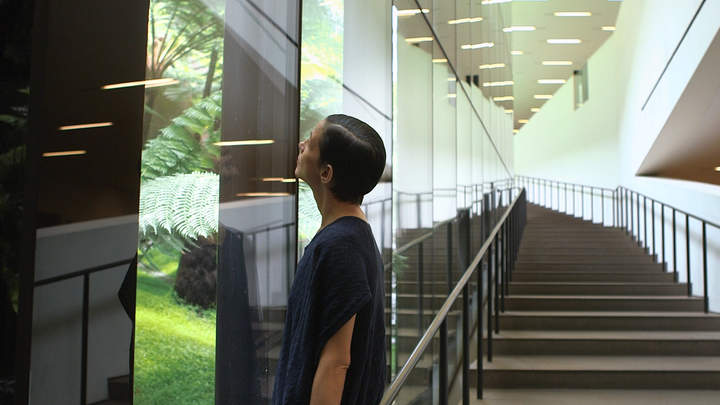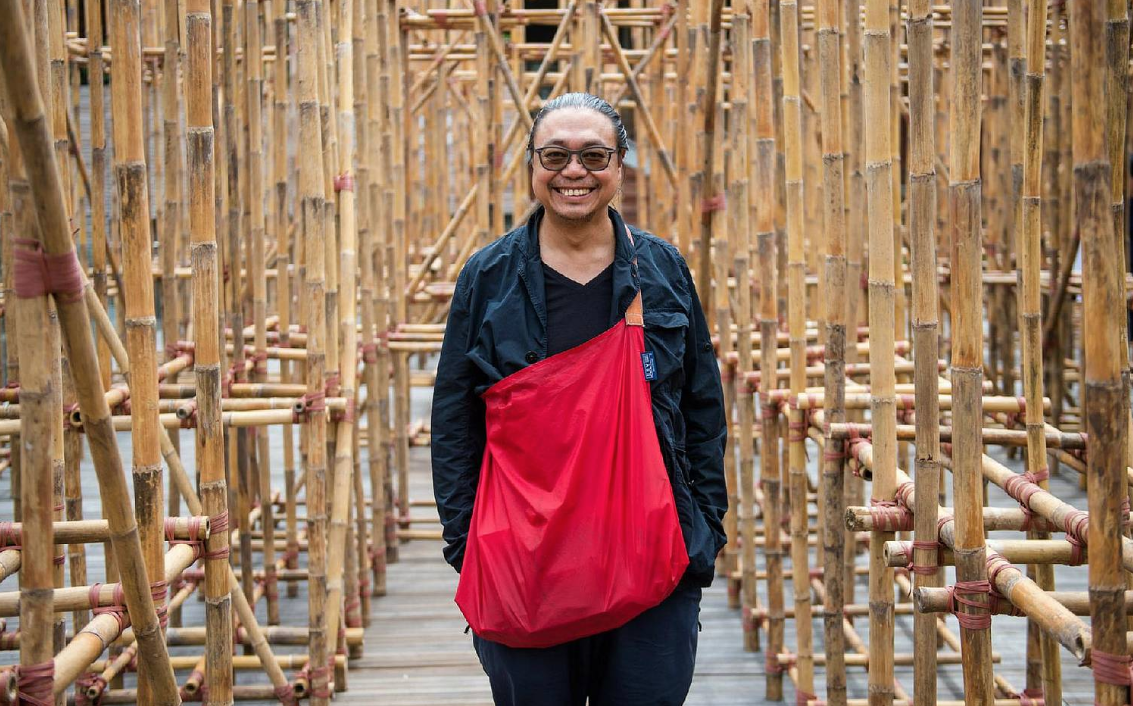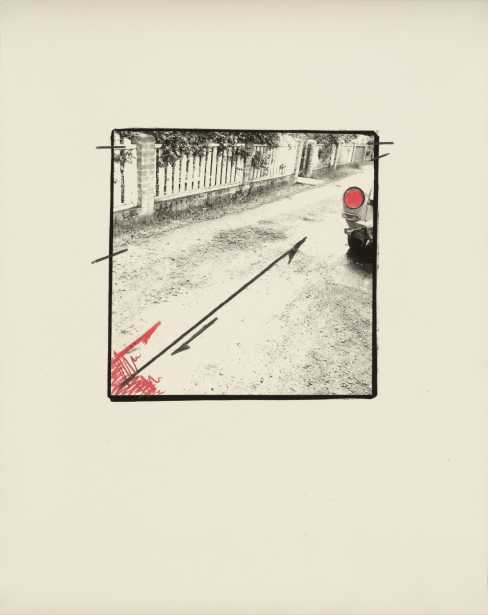De Young Museum
San Francisco, CA
11 June - 29 September 2019
The Fine Arts Museums invited artist Ana Prvački, known for her participatory projects that use humor as a means to disarm traditional museum activities and behaviors, to visit and imagine a project that uses the museum experientially, rather than as an exhibition venue. In the resulting project, Detour, Prvački leads visitors around the museum to look anew at the building, grounds, and collections, and imagine different ways of viewing, connecting, and behaving.
In a special collaboration with Google Arts & Culture, short videos will be accessible on mobile devices, triggered at various spots throughout the museum to guide visitors through this alternative tour. With wit and playfulness at their core, each video addresses a different idea, relating the de Young’s context to topics ranging from ancient myth to personal intimacies, environmental matters to vision exercises. In addition to creating dialogues with collection objects and immediate surroundings, two sculptures will be installed in connection with the project.
Prvački is a cross-disciplinary artist whose works take the form of diverse projects that draw on performance, daily practices, consumer aesthetics, and popular concerns. Her projects foreground experimentation in content and form, their ephemeral nature both a strategy for creating unique experiences and a nod to an environmentally conscious artistic practice. She has realized solo exhibitions and projects at the UCLA Hammer Museum, Los Angeles; the Isabella Stewart Gardner Museum, Boston; and the Castello di Rivoli Museo d’Arte Contemporanea, Turin. Her work has also been included in many international exhibitions, including the 14th Istanbul Biennial and dOCUMENTA 13. Her performances have been commissioned by the LA Philharmonic and the Chicago Architecture Biennial, among others.




















